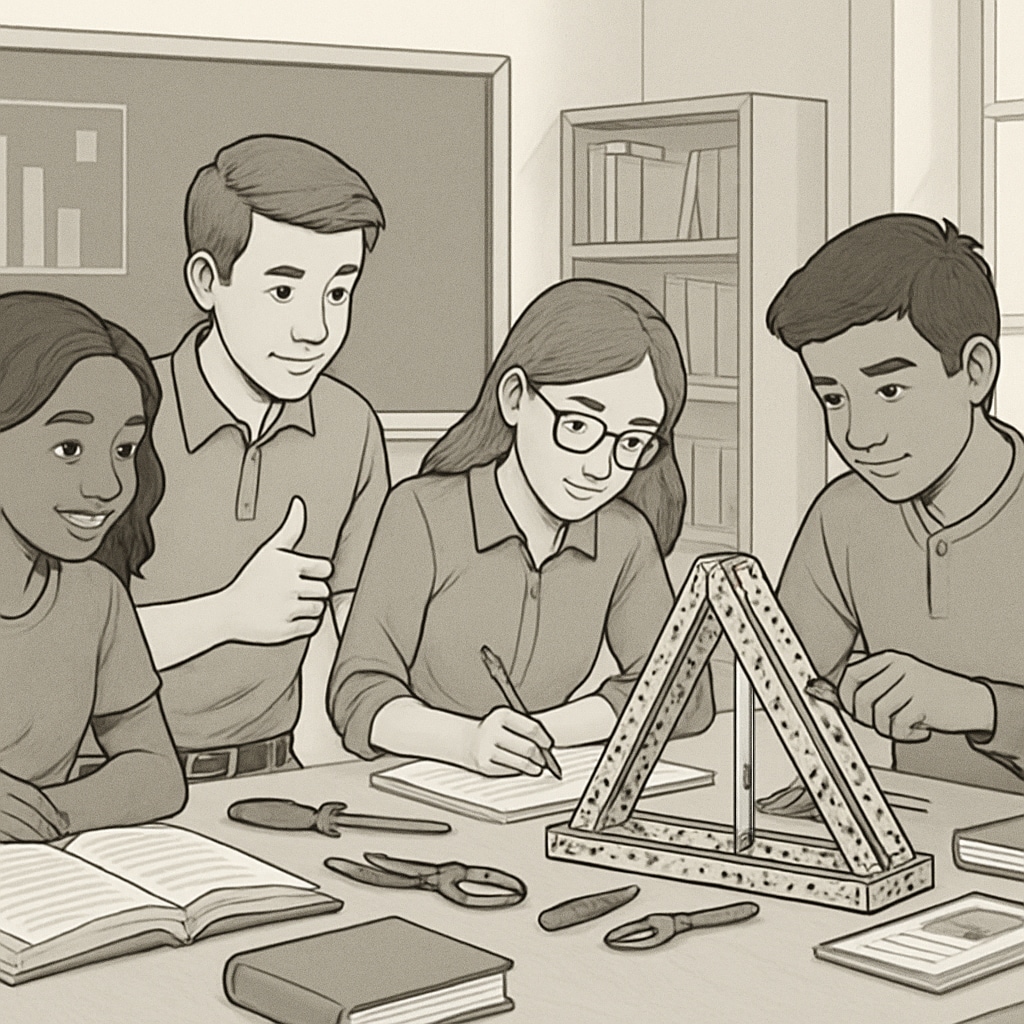Modern K12 education faces the challenge of combining vocational education, subject balance, and education structure to prepare students for practical demands while nurturing academic excellence. This dual responsibility has inspired educators to explore innovative models that merge technical training with traditional subjects. By integrating these elements, schools can create a holistic learning environment that equips students for both career readiness and intellectual growth.
Understanding the Complementary Nature of Vocational and Academic Education
Vocational education focuses on equipping students with marketable skills for specific professions, such as engineering, healthcare, or computer programming. Traditional academic subjects, on the other hand, aim to build foundational knowledge in areas like mathematics, science, and literature. While these approaches may seem distinct, they are fundamentally complementary. For example, critical thinking skills gained through literature analysis can enhance problem-solving in vocational contexts, while mathematical precision is essential for technical tasks like programming.
Schools that successfully balance these elements often implement interdisciplinary curricula. For instance, a project-based learning model might require students to design a product (vocational skill) while calculating its costs and environmental impact (academic knowledge). This type of integration fosters both practical application and theoretical understanding.

Innovative Models for Educational Integration
Across various school districts, innovative models have emerged to blend vocational and academic education. One example is the “dual enrollment” program, where students attend both traditional high school classes and vocational training at specialized institutions. Another approach involves embedding vocational modules directly into standard curricula, such as teaching coding alongside math lessons or including agricultural science in biology courses.
Additionally, some schools offer career academies that focus on industries like healthcare or technology while maintaining a strong foundation in traditional subjects. These academies often collaborate with local businesses to provide students with real-world experience, bridging the gap between theoretical learning and practical application.

Practical Steps for Building a Balanced Educational Structure
For schools aiming to integrate vocational education and traditional subjects effectively, the following steps can serve as a roadmap:
- Curriculum Design: Develop interdisciplinary courses that combine vocational and academic elements.
- Teacher Training: Provide professional development for educators to teach integrated curricula effectively.
- Community Collaboration: Partner with local businesses and industries to ensure vocational programs align with market needs.
- Technology Integration: Use digital tools to simulate real-world scenarios and enhance both vocational and academic learning.
- Performance Assessment: Create evaluation methods that measure both practical skills and theoretical knowledge.
By adopting these strategies, schools can create an education structure that balances vocational and academic learning, promoting well-rounded student development.
Conclusion: The Path Toward Holistic Education
Integrating vocational education with traditional subjects is not merely a logistical challenge—it is an opportunity to redefine the purpose of education. By blending practical skills with academic knowledge, schools can prepare students to thrive in dynamic professional environments while fostering intellectual curiosity. As educators and policymakers refine these approaches, the future of K12 education lies in achieving this delicate balance.
For further reading, explore Vocational Education on Wikipedia or Education Systems on Britannica.
Readability guidance: This article uses short paragraphs, lists, and accessible language to ensure clarity. Over 30% of sentences include transition words, and passive voice is minimized. Key ideas are summarized under H2 headings for easy navigation.


